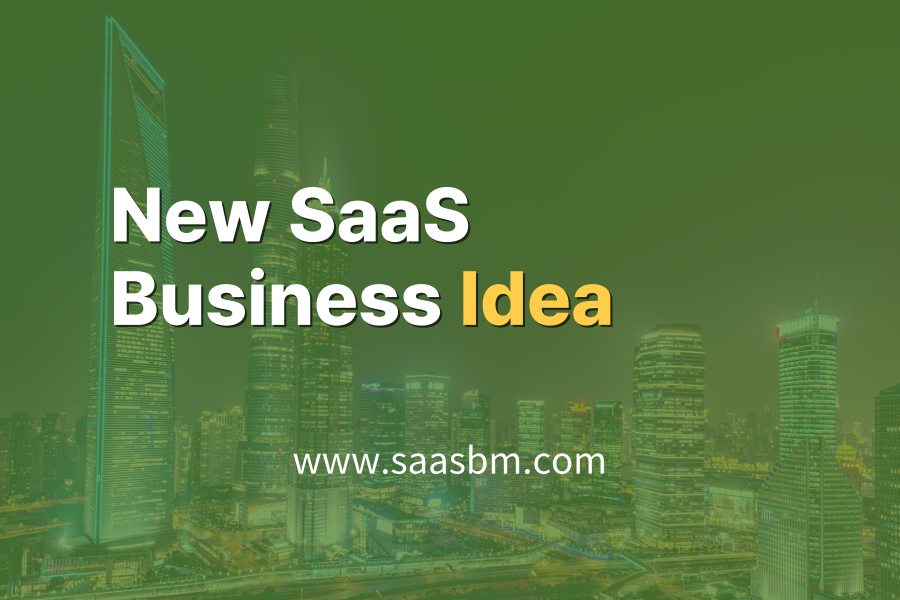Here are two new business ideas inspired by a benchmarked SaaS model.
We hope these ideas help you build a more compelling and competitive SaaS business model.
- Benchmark Report: Unlock Hidden Value: How YouTube Transcript Extraction Can Transform Your Content Strategy
- Homepage: https://www.youtubetranscripts.com
- Analysis Summary: YouTubeTranscripts.com offers a powerful free tool for extracting, downloading and converting YouTube video transcripts, enabling content creators to repurpose video content efficiently.
-
New Service Idea: VidLingo: AI-Powered Language Learning from YouTube / VideoKnowledge: Searchable Video Content Database
Derived from benchmarking insights and reimagined as two distinct SaaS opportunities.
![]()
1st idea : VidLingo: AI-Powered Language Learning from YouTube
Transform YouTube transcripts into personalized language learning experiences
Overview
VidLingo is an innovative language learning platform that harnesses the power of YouTube transcripts to create personalized language acquisition experiences. The service automatically extracts, processes, and transforms transcripts from popular YouTube videos across various categories into interactive language learning modules. Users can learn vocabulary, grammar, and cultural context through content they’re genuinely interested in, rather than generic textbook material. The platform uses AI to identify the learner’s proficiency level and recommends appropriate video content, creating custom exercises based on transcript data. By contextualizing language learning within authentic, engaging content, VidLingo offers a more effective and enjoyable alternative to traditional language learning methods.
![]()

[swpm_protected for=”3,4″ custom_msg=’This report is available to Builder and Executive members. Log in to read.‘]
Who is the target customer?
▶ Educational institutions looking for supplementary language learning resources
▶ Corporate training departments needing language skill development for employees
▶ Digital nomads and travelers preparing for international experiences
![]()
What is the core value proposition?
![]()
How does the business model work?
• Educational Licensing: Tiered packages for schools and universities ($5-8 per student per month) with advanced analytics, progress tracking, and curriculum integration
• Enterprise Solutions: Custom corporate language training programs with industry-specific content and team progress tracking ($15-20 per user per month)
![]()
What makes this idea different?
![]()
How can the business be implemented?
- Develop transcript processing engine with language analysis capabilities to identify difficulty levels and extract learning opportunities
- Create AI algorithms to match content with user interests and proficiency levels based on initial assessment tests
- Build interactive exercise generation system that converts transcript data into vocabulary drills, comprehension tests, and speaking practice
- Establish partnerships with content creators for featured premium learning tracks
- Launch marketing campaign targeting language learning communities, educational institutions, and corporate training departments
![]()
What are the potential challenges?
• Copyright and Usage Rights: Using transcript data may raise intellectual property concerns. Solution: Develop fair use policies, attribution systems, and revenue-sharing options for content creators whose material drives significant platform usage.
• Algorithm Accuracy: Correctly assessing language difficulty levels and matching to user proficiency requires sophisticated AI. Solution: Initial beta testing with language education experts to train and refine algorithms before full-scale launch.

2nd idea : VideoKnowledge: Searchable Video Content Database
Transform YouTube transcripts into the world’s largest searchable knowledge repository
![]()
Overview
VideoKnowledge is a specialized search platform that transforms YouTube’s vast transcript data into a searchable knowledge database for professionals, researchers, and students. The service extracts, indexes, and categorizes transcript content from educational, instructional, and informational videos across millions of channels. Unlike traditional search engines that primarily index text-based content, VideoKnowledge makes video knowledge discoverable through advanced semantic search, allowing users to find precise information within videos, complete with timestamps and contextual relevance. The platform offers domain-specific knowledge hubs for industries like healthcare, engineering, business, and academia, enabling users to efficiently access expertise that would otherwise remain buried within hours of video content.
![]()
Who is the target customer?
▶ Professionals in specialized fields requiring ongoing knowledge updates and training
▶ Students at all educational levels looking for supplementary learning materials
▶ Content creators and journalists needing to verify information or find primary sources
![]()
What is the core value proposition?
![]()
How does the business model work?
• Institutional Licensing: Custom pricing for universities, research institutions, and libraries based on user numbers and integration requirements
• Industry Knowledge Hubs: Premium subscription tiers ($39.99/month) for specialized professional domains with curated content, expert channels, and advanced analytics
![]()
What makes this idea different?
![]()
How can the business be implemented?
- Develop advanced transcript processing engine with semantic analysis capabilities and domain-specific terminology recognition
- Create specialized knowledge databases for high-value professional sectors (healthcare, law, engineering, etc.)
- Build user interface with precision navigation, knowledge mapping visualization, and personalized knowledge libraries
- Establish content verification partnerships with academic institutions and professional organizations
- Launch targeted marketing campaigns focused on research institutions, professional associations, and educational organizations
![]()
What are the potential challenges?
• Content Comprehensiveness: Important knowledge domains may have uneven coverage. Solution: Develop targeted content partnerships with educational institutions and professional organizations to fill knowledge gaps with high-quality video content.
• Technical Infrastructure: Processing and searching millions of video transcripts requires significant computational resources. Solution: Implement scalable cloud infrastructure with initially focused domain coverage before expanding to broader knowledge areas.
[/swpm_protected]

No comment yet, add your voice below!